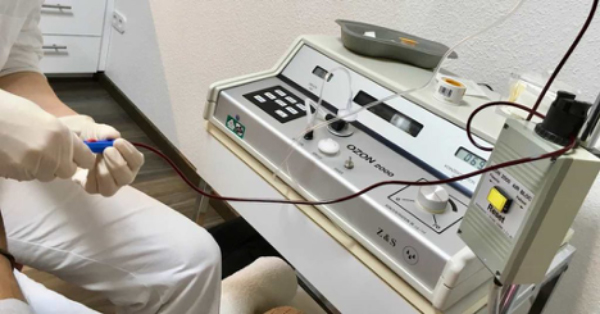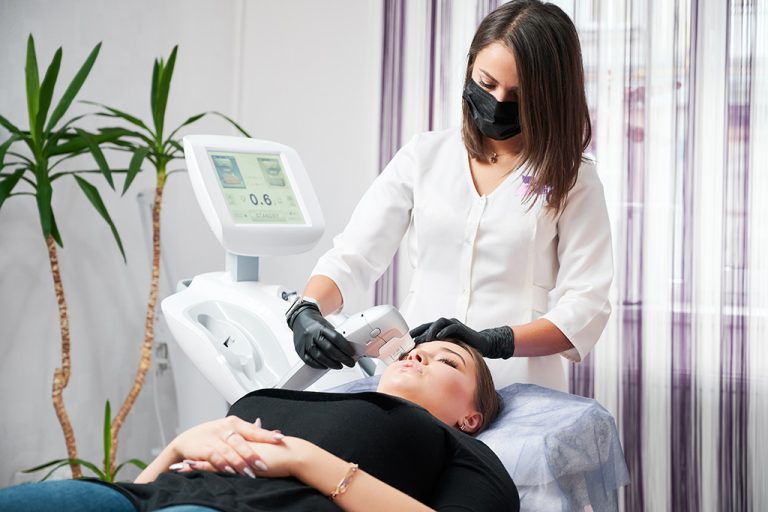Ten-Pass Ozone Therapy: A Dynamic Approach to Health Restoration
In the realm of alternative and integrative therapies, Ten-Pass Ozone Therapy stands out as a cutting-edge technique that harnesses the therapeutic potential of ozone in a concentrated and multi-pass manner. This innovative treatment has gained attention for its potential to address a range of health challenges through its unique and intensive approach. In this comprehensive article, we delve into the intricacies of 10 pass ozone therapy, exploring its mechanisms, applications, benefits, potential drawbacks, and its place in the landscape of modern healthcare.
A Deeper Dive into Ten-Pass Ozone Therapy:
Ten-Pass Ozone Therapy, also known as “High Dose Ozone Therapy” or “Hyperoxygenation Therapy,” involves the administration of ozone-enriched blood through a series of ten passes or cycles. Unlike traditional ozone therapy, which typically involves one or two passes of ozone-infused blood, the ten-pass method offers a more intensive and concentrated exposure to ozone. This approach is thought to maximize the therapeutic effects of ozone on the body’s cells and tissues.
Understanding the Process:
Ten-Pass Ozone Therapy is administered in a controlled medical setting under the supervision of experienced practitioners. The process involves the following steps:
- Blood Extraction: A small amount of blood is drawn from the patient’s vein.
- Ozone Infusion: The extracted blood is mixed with medical-grade ozone, creating ozone-enriched blood.
- Multiple Passes: The ozone-enriched blood is cycled through a closed-loop system, allowing it to interact with ozone multiple times before being reinfused into the patient.
- Reinfusion: The ozone-treated blood is returned to the patient’s body, often through an intravenous infusion.
Mechanisms and Potential Benefits:
Ten-Pass Ozone Therapy is believed to offer a range of potential benefits due to its intensive exposure to ozone:
- Enhanced Oxygenation: The increased levels of oxygen in the blood can potentially enhance cellular metabolism, tissue repair, and overall vitality.
- Antimicrobial Effects: Ozone is known for its antimicrobial properties, which could aid in managing infections and supporting immune responses.
- Anti-Inflammatory Actions: Ozone’s potential anti-inflammatory effects might benefit individuals with chronic inflammatory conditions.
- Detoxification Support: The therapy may aid in detoxification by assisting the body in removing toxins and waste products.
- Immune Modulation: Ozone’s influence on the immune system could potentially result in immune modulation, which might be valuable for various health conditions.
Potential Applications:
Ten-Pass Ozone Therapy has been explored for a variety of health challenges, including:
- Chronic Infections: The therapy’s antimicrobial effects could support the body’s ability to combat infections.
- Autoimmune Disorders: Ozone’s immunomodulatory potential may offer relief to individuals with autoimmune conditions.
- Chronic Fatigue Syndrome (CFS): Enhanced oxygenation and potential anti-inflammatory effects might benefit those with CFS.
- Neurological Conditions: The therapy’s potential anti-inflammatory and immune-modulating effects could have implications for neurological health.
Considerations and Future Outlook:
As of my last knowledge update in September 2021, Ten-Pass Ozone Therapy is still evolving. Research on its efficacy, safety, and optimal protocols is ongoing. It’s essential for individuals considering this therapy to consult with qualified medical professionals and to make informed decisions based on their individual health needs.
Conclusion:
Ten-Pass Ozone Therapy represents a dynamic approach to wellness that pushes the boundaries of traditional medical practices. By intensifying the exposure to ozone, this therapy offers a potential avenue for addressing complex health challenges. While the therapy’s promise is intriguing, ongoing research, collaboration between practitioners, and careful consideration are vital to ensure that Ten-Pass Ozone Therapy finds its place within the realm of evidence-based integrative medicine.






